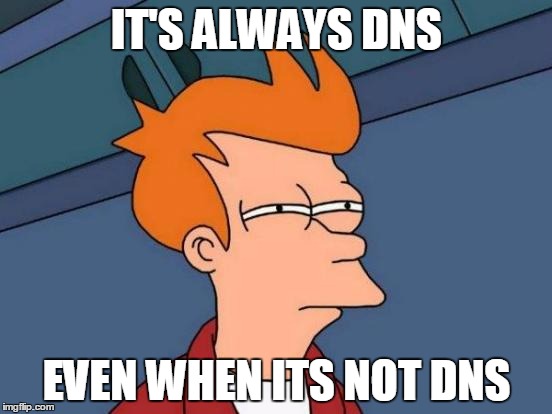
What is DNS?
DNS stands for “Domain Name System”. Every website has an IP address and it would be VERY hard to keep those numbers in mind. So, some genius people came up with DNS. When you read 8.8.8.8, what comes to your mind? Most likely nothing. What about when I say Google? Right! World’s most used search engine. So yes, this is DNS. It makes everything easier to remember.
How does DNS work?
DNS is a great solution for us, but not for our computers. They cannot communicate using only this specific name. An IP address, which is a series of numbers separated by periods, is also required. IP addresses are used by computers to route traffic between them.
The browser can locate the server containing the requested content using an IP address. A namespace is formed when a domain name and an IP address are combined.
What are DNS Records?
DNS records are the pieces of information that comprise a DNS zone. Each domain has its own set of records, but there are some that are common in most zones.
Address (A) Records: These records map an IP address to a name in the zone. If you have an A record for 'www,' it will resolve to the IP address of your server.
Mail Exchanger (MX) Records: These records tell mail servers which server to connect to when delivering email for your domain. If you use multiple mail servers or have multiple domains pointing to a single mail server, you may have multiple MX records.
CNAME Names: This record serves as an alias for another hostname or IP address on the Internet. If you have a CNAME record set up for www, for example, it will redirect traffic from http://www.example1.com/ to http://www.example2.com/.
What is DNS Monitoring and why do you need it?
Any communication on the internet starts and finishes with the DNS. DNS monitoring protects your online presence by keeping an eye on your DNS records on a regular basis for any unexpected changes or localized outages caused by human error or malicious attacks.
A strong DNS monitoring protocol is recommended to protect your organization from DNS vulnerabilities. DNS monitoring protects the server from cache poisoning aka placing false information into the DNS server cache and other cyber attacks such as DDoS.
If you run an e-commerce site, you should keep an eye on your DNS records because they can be used to redirect customers away from your store and toward another. This is referred to as phishing or pharming. You may have heard of people receiving emails asking them to update their account information, only to be directed to another website when they click on the link provided in the email.

The tool that will save you from this burden: MonSpark!
MonSpark is an all-in-one reliable monitoring tool that offers DNS Monitoring.
We keep an eye on your DNS Records so that you can focus on your work. Thanks to its greatly designed dashboard, you can see everything you have to see with one look. When there’s something wrong, we call you, text you, and let you know through our integrated apps.
You don’t have to switch between tabs, that’s a no go. With 10 different modules of ours, you can enjoy the easiest way of monitoring, including DNS Monitoring and Uptime Monitoring.
Click here to try MonSpark for free. We got you.
Conclusion
Hackers are big fans of DNS records because it is surprisingly easy to compromise. In order to not fall victim, you can monitor your DNS Records with MonSpark.
Stay up and running, folks. Until next time!




